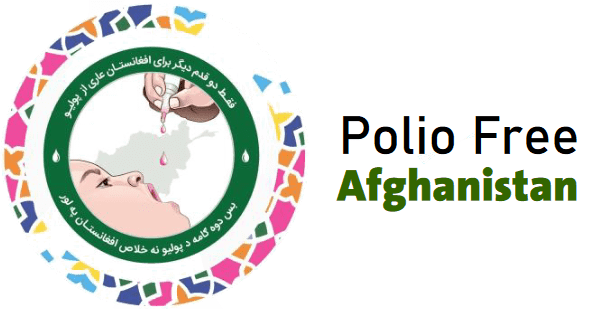History of Polio
About Polio History
In the early 20th century, polio was one of the most feared diseases in industrialized countries, paralysing hundreds of thousands of children every year. Soon after the introduction of effective vaccines in the 1950s and 1960s however, polio was brought under control and practically eliminated as a public health problem in these countries.
It took somewhat longer for polio to be recognized as a major problem in developing countries. Lameness surveys during the 1970s revealed that the disease was also prevalent in developing countries. As a result, during the 1970s routine immunization was introduced worldwide as part of national immunization programmes, helping to control the disease in many developing countries.
Rotary International launched a global effort to immunize the world’s children against polio in 1985 followed by the establishment of the Global Polio Eradication Initiative (GPEI) in 1988. When the GPEI started, polio paralysed more than 1000 children worldwide every day. Since then, more than 2.5 billion children have been immunized against polio thanks to the cooperation of more than 200 countries and 20 million volunteers.
Today, wild poliovirus continues to circulate in only two countries, and global incidence of polio cases has decreased by 99%.
There has also been success in eradicating certain strains of the virus; of the three types of wild polioviruses (WPVs), the last case of type 2 was reported in 1999 and its eradication was declared in September 2015; the most recent case of type 3 dates to November 2012 and this strain was declared as globally eradicated in October 2019.
VIEW MORE RESOURCES ON THE GLOBAL POLIO ERADICATION INITIATIVE WEBSITE.
